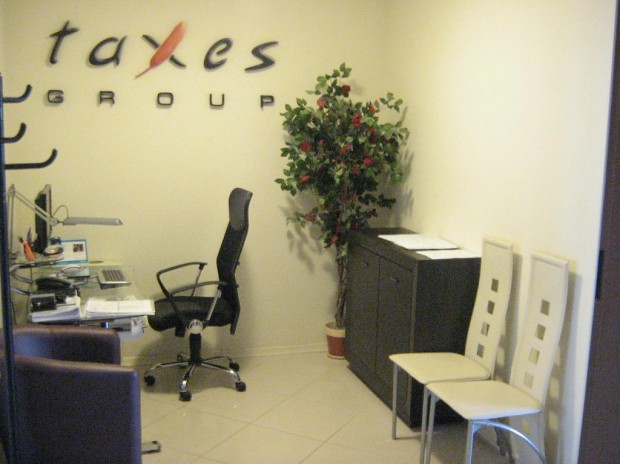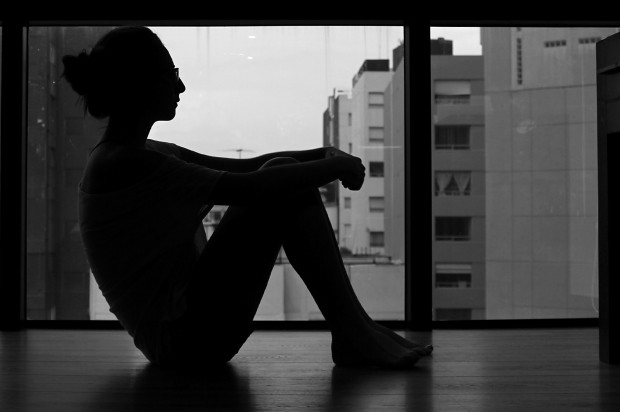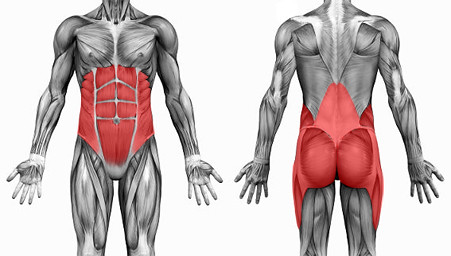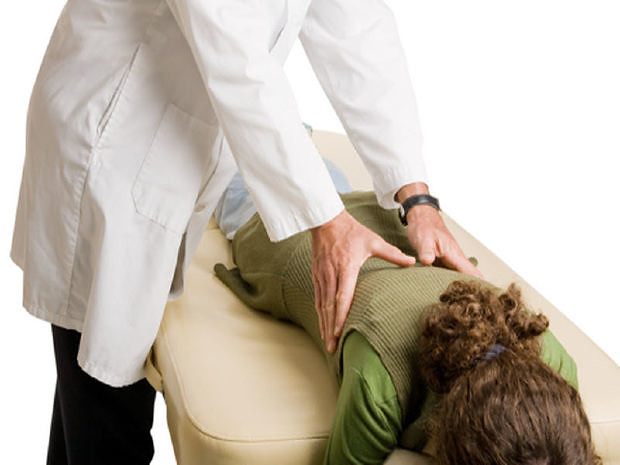According to the Institute of Medicine, chronic pain affects over 100 million Americans, outranking Diabetes, Coronary Heart Disease, Stroke and Cancer. Lower back pain ranks highest in that category, beating headaches, neck and face pain. It is a safe assumption that most Americans are living with some kind of pain, and many of them are suffering that pain in their lower back, a thing which can be reduced or eliminated with daily attention to the things that cause it. The question is, how? The long and short-term health of your lower back can be managed daily though not ignoring important ergonomics, through keeping your hips limber, and simple core activation.
Ergonomics. This buzz-word was unheard of 20-years ago, but is common in workplaces now, with many businesses employing and deploying teams of ergonomic specialists who will adjust a workstation to reduce problem areas. Sitting or standing for long periods of time in proper spinal alignment is taxing enough on your spine, but working out of alignment will surely affect you very quickly. It’s no light matter. Osha, the Occupational Safety and Health Association will even weigh in and help if any employee or business has questions, and yet many still treat the use of ergonomics to thwart Musculoskeletal disorders as passing fancy, like a trend that will go away. It won’t. The future holds a work environment more guided by ergonomics than ever before.
LPHC mobility. The part of your body most central to your back strength is the mobility of the area commonly referred to as your hips, or LPHC, which is an acronym for a really fancy term: Lumbo Pelvic Hip Complex. Basically it’s all the muscles and connective tissue that keeps your hips properly aligned. One of these muscles is your hip-flexors. These are the muscles that allow you to raise your knees, or sit down, and they are in a tightened or shortened state, when you are seated. This is not as much a problem when you are seated, but when you stand up, those fibers are stretched, and pull on your lower spine from the inside. This can over time create pain or even injury. Maintaining mobility through this area by taking long strides from time to time around your work-station, keeping your heels glued to the ground behind you as long you can when striding, will help keep these fibers long.
Core Activation. This is another buzzword, that wasn’t discussed 20-years ago either, not outside of professional circles. Your core muscles are the muscles which surround the aforementioned LPHC, and include your abdominal and lower back muscles. Training these muscles in the gym will definitely help, but the real test of their function is with how you use them during your waking hours. “Sitting up right” is not only annoying advice your mother gave you, but good advice for keeping your back from taking on the strain of your body through the day. Properly used, your spine will be aligned upright as though a gentle string is pulling you vertical like a puppet, and your bellybutton will be drawn-in towards your spine slightly. This can be difficult at first, but over time, like most things, can become a normal way of sitting.
Obviously if you are suffering back pain, and you haven’t searched for back doctor, I.e., web search: “back doctor NYC,” then you would be wise to first consult a professional before today’s pain becomes tomorrow serious affliction. In the meanwhile, and after consulting, remember the above focus areas to keep the pain at bay. If you’re not in pain, reduce the chance that you could join the millions suffering, and keep your back working so you can keep working.
Dr. Paul M. Brisson is an experienced orthopedic spine surgeon who specializes in spinal surgery, treating spinal pain, infections, and tumors as well as scoliosis and degenerative disorders. He has been acknowledged as the best spine surgeon in (NYC) New York and has performed countless scoliosis treatments in NYC and across the globe. You should not live with back pain. Call our office now to schedule a consultation.




